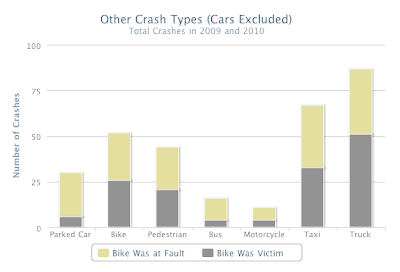What Motorists Should KnowWhen the traffic signal is red, motorists must stop behind the white stop line behind the green bike box. Motorists should not stop on top of the bike box, but rather keep it clear for cyclists to use. Right turns on a red signal will not be allowed at these intersections.When the light turns green, motorists and cyclists may move through the intersection as usual, with cyclists going first. Motorists turning right on green should signal and watch for cyclists to the right.What Bicyclists Should KnowWhen a traffic signal is red, bicyclists must enter the bike box from the approaching bike lane and stop before the crosswalk.When the light is green, bicyclists should proceed as normal through the intersection. Bicyclists should be aware of right-turning motorists, especially while in the crosswalk and the intersection.
If you ever need a bicycle accident attorney in San Francisco, Paso Robles, or the surrounding Central California Coast area, contact us for a free consultation.





